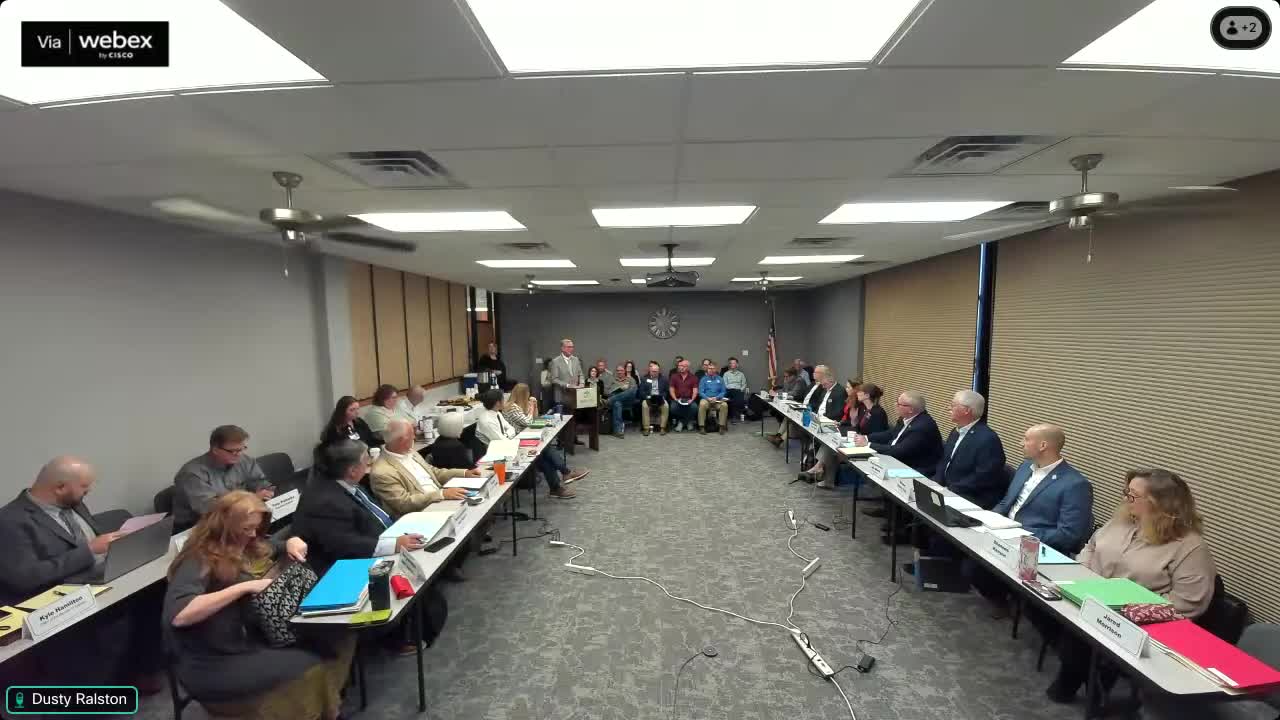Groundwater Management Districts Strategize Water Conservation in Kansas
August 11, 2025 | Senate, Committees, Legislative, Kansas
Thanks to Scribe from Workplace AI , all articles about Kansas are free for you to enjoy throughout 2025!

This article was created by AI using a video recording of the meeting. It summarizes the key points discussed, but for full details and context, please refer to the video of the full meeting. Link to Full Meeting
Paul Lewis, a key figure in the meeting, opened the session by recalling the origins of the groundwater management districts (GMDs) established in the 1970s. He emphasized the importance of the recent legislative actions, particularly House Bill 2279, which mandates that each GMD identify high-priority areas of concern by July 1, 2024, and develop action plans by July 1, 2026. This legislative framework aims to address the ongoing challenges of groundwater depletion and quality issues, particularly in western Kansas, where water resources are increasingly strained.
The task force members discussed the significance of these action plans, which will require collaboration with local communities and stakeholders. Each district is tasked with pinpointing areas that have already been recognized as high-priority, such as those with existing groundwater use control areas. This proactive approach is designed to ensure that the state does not exhaust its water resources without a comprehensive strategy in place.
As the meeting progressed, representatives from various GMDs shared updates on their specific challenges and initiatives. For instance, GMD 1 is working on renewing its water allocation plan, while GMD 2 is addressing groundwater decline in certain regions. The discussions highlighted the diverse water management needs across the state, underscoring the complexity of balancing water usage with conservation efforts.
The atmosphere in the room was one of urgency and determination, as task force members recognized the critical nature of their work. With the clock ticking on the deadlines set by the legislature, the focus remained on developing actionable strategies that would not only meet regulatory requirements but also safeguard Kansas's vital water resources for future generations.
As the meeting concluded, the sense of responsibility weighed heavily on the participants. They left with a renewed commitment to tackle the challenges ahead, knowing that the decisions made today would shape the future of water management in Kansas. The task force's efforts are a testament to the state's dedication to preserving its natural resources, ensuring that the lessons of the past inform a sustainable path forward.
Converted from Water Program Task Force 08/11/2025 meeting on August 11, 2025
Link to Full Meeting
Comments
View full meeting
This article is based on a recent meeting—watch the full video and explore the complete transcript for deeper insights into the discussion.
View full meeting
